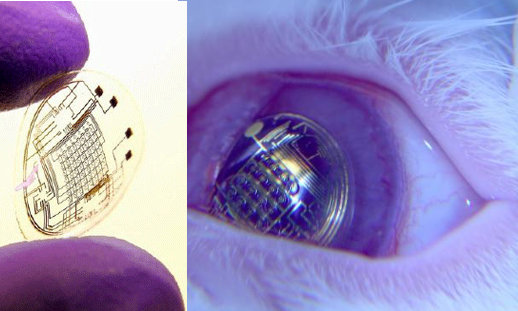Aluminium car wheels: Manufacturing, materials & design considerations
by: GarethW
Here are some notes on car wheels that we put together a few years
ago as part of a university project. These notes give some insight into
the history, manufacturing processes, materials and design
considerations relating to car wheels.
1. History
The first light-alloy sheet wheels were used in Daimler-Benz and Auto-Union racing cars in the 1930s. In the 1960s, Porsche began the batch production of sheet wheels, which consisted of a wheel rim and nave. The first high-volume production of sheet wheels in Europe started in 1979 for Daimler-Benz cars destined for the USA.
Through further development of the production process for wheel rims and naves, the manufacturing costs were reduced markedly so that an aluminium sheet wheel has been produced in large numbers for the BMW 5 Series since 1995
Using aluminium wheels on passenger cars began with the upper class or flagships models in order to give them a distinctive personal touch.
Mainly cast at this time, they started in the 1970s to be factory-fitted to mass-produced cars.
Wheels are now representing about 15% of the average aluminium content in passenger cars and light trucks, and if the main motivation has been styling with mainly cast solutions, weight reduction requirements have lead to the development of more technical cast but also forged and fabricated solutions.
These components have, however, critical safety functions and must meet high standards of design, engineering and workmanship.

Fig.1: Example of an aluminium alloy wheel
2. Design/material selection considerations
Stiffness
Structural stiffness (design dependent) is the basic value to consider when designing an aluminium wheel to achieve at least the same vehicle behaviour as with an equivalent steel wheel.However, material stiffness (Young's modulus) is very little depending on alloy and temper.
Static behaviour
Yield strength is considered to avoid deformation under maximal axial efforts (accelerations and braking) and radial ones (plus turning). Misuse cases are considered in relation to tensile strength. Yield tests under pressure are also conducted to check this behaviour.
Fatigue behaviour
This is the most important parameter for dimensioning. Finite element software is systematically used during design. Service stresses are considered, including multi-axial stresses as of recently. Rotary bending and rim rolling tests are used to verify these calculations.
1. History
The first light-alloy sheet wheels were used in Daimler-Benz and Auto-Union racing cars in the 1930s. In the 1960s, Porsche began the batch production of sheet wheels, which consisted of a wheel rim and nave. The first high-volume production of sheet wheels in Europe started in 1979 for Daimler-Benz cars destined for the USA.
Through further development of the production process for wheel rims and naves, the manufacturing costs were reduced markedly so that an aluminium sheet wheel has been produced in large numbers for the BMW 5 Series since 1995
Using aluminium wheels on passenger cars began with the upper class or flagships models in order to give them a distinctive personal touch.
Mainly cast at this time, they started in the 1970s to be factory-fitted to mass-produced cars.
Wheels are now representing about 15% of the average aluminium content in passenger cars and light trucks, and if the main motivation has been styling with mainly cast solutions, weight reduction requirements have lead to the development of more technical cast but also forged and fabricated solutions.
These components have, however, critical safety functions and must meet high standards of design, engineering and workmanship.
Fig.1: Example of an aluminium alloy wheel
2. Design/material selection considerations
Stiffness
Structural stiffness (design dependent) is the basic value to consider when designing an aluminium wheel to achieve at least the same vehicle behaviour as with an equivalent steel wheel.However, material stiffness (Young's modulus) is very little depending on alloy and temper.
Static behaviour
Yield strength is considered to avoid deformation under maximal axial efforts (accelerations and braking) and radial ones (plus turning). Misuse cases are considered in relation to tensile strength. Yield tests under pressure are also conducted to check this behaviour.
Fatigue behaviour
This is the most important parameter for dimensioning. Finite element software is systematically used during design. Service stresses are considered, including multi-axial stresses as of recently. Rotary bending and rim rolling tests are used to verify these calculations.
Read more: http://www.mechanicaldesignforum.com





